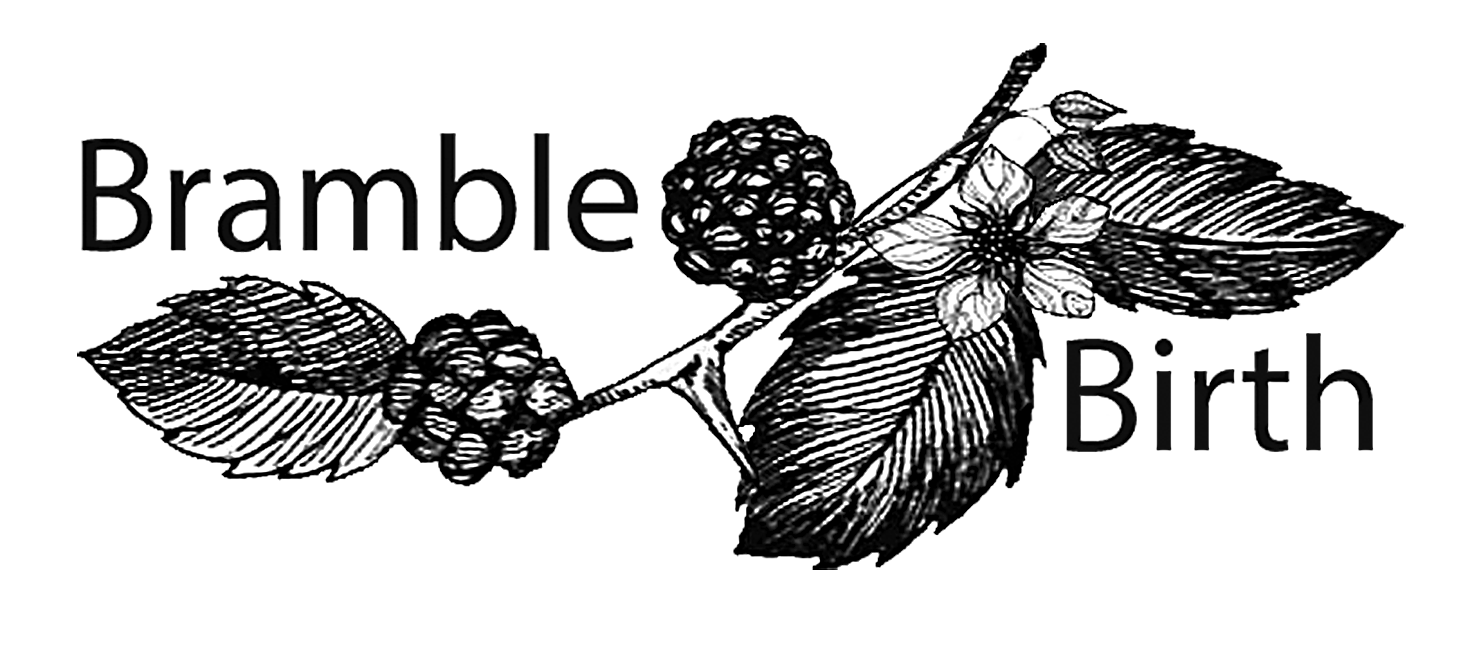Your Body is Not a Lemon
I see something new with every single birth that I attend. Recent births have led me to reflect on the ‘back to back’ position. It is widely considered to be a problem, but here it is presented more as a variation of normal. That’s not to say that it doesn’t sometimes come with challenges!
Postnatal Loving Care
As a midwife I have the privilege of seeing how different families from around the world do the postnatal period. I’m pretty sure much of the rest of the world would be surprised by what is considered normal in the West, where we have lost traditions of caring for and nurturing the mother after birth, and the focus has moved almost entirely to the baby (and a consumerist version of that too, but I won’t get ahead of myself).
Why Physiological Birth?
You could be forgiven for wondering in the midst of labour, or perhaps whilst watching a loved one labouring, what is so desirable about physiological birth anyway? I find myself driven to protect normal physiology in all aspects of pregnancy, birth and breastfeeding and this is appropriate as this is the job description of a ‘midwife’.
Why Home Birth?
I immediately loved the style of work and team of midwives in Shetland. I would do everything in one day; caring for women in labour, caring for women having miscarriages, taking the ferry to islands off the mainland for postnatal visits, and lots inbetween. My husband and I lived in a remote location even by Shetland standards and I would sleep over in the maternity unit when I was on call. I spent my pregnancy working and living there and felt nurtured and protected by the colleagues and friends who cared for me antenatally. I wanted to be closer to home when my baby arrived and gave birth at my parent’s house in Hampshire, lovingly supported by independent midwives I knew and trusted.





